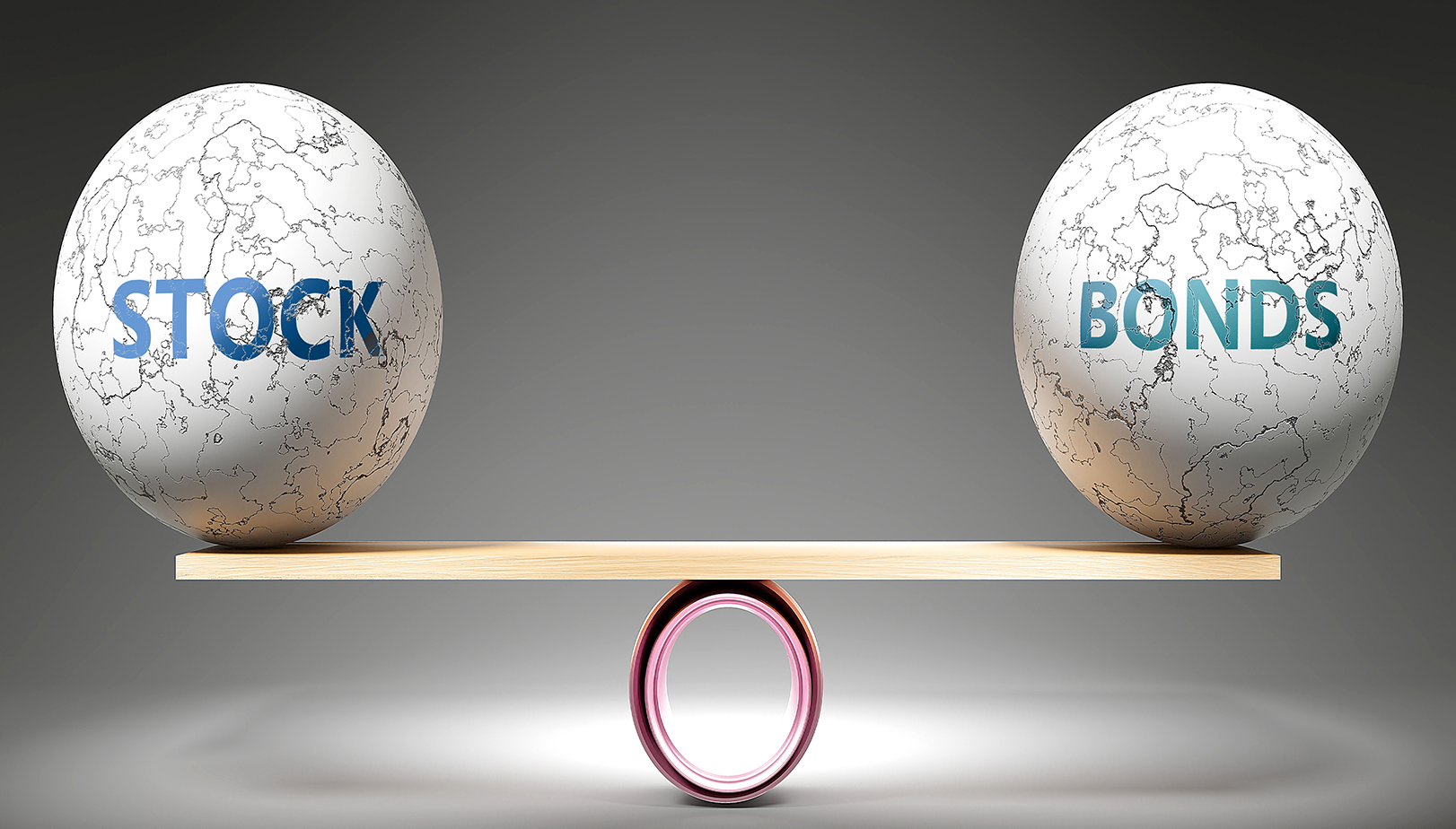Since the 1950s, the portfolio strategy known as “60/40” has been a mainstay for many investors. The idea is to put 60% of your money into stocks for long-term growth and 40% in bonds as a hedge against market declines.
But this year has been tough on the venerable strategy. Recent data from the Bank of America, reported on Investopedia, noted that “those who followed the traditional 60/40 portfolio rule have seen their annualized returns sink 34.4% this year.”
That’s the worst performance in a calendar year since the Great Depression. On an after-inflation “real” basis, it’s the worst year ever for this type of portfolio. As a New York Times article points out, many retirees forced to sell assets during the sell-off have little choice but to accept deep losses.
Bonds and stocks moving in tandem
From 2000 to 2021, stocks and bonds were negatively correlated, owing to macroeconomic conditions like low-interest rates and low inflation. However, as with the period from 1965 to 2000, this relationship has recently broken down. Inflation is red-hot, and interest rates followed suit. This shift means that investors today can no longer rely on bonds to offset stock losses, and they’ve suffered losses in both asset classes this year.
This is because the low-interest rates that have prevailed for much of the past 14 years have led many investors to seek higher returns in riskier assets such as stocks. 40-year highs in inflation, however, forced The Federal Reserve to raise rates in an attempt to control prices. Interest rates and bonds are inversely related, meaning bond prices fall as rates go up.
The 60/40 portfolio can no longer be relied upon to deliver the same risk-adjusted returns as in the past. Investors will need to revisit their asset allocation strategies and consider how to position themselves for a new era of macroeconomic conditions.
Diversification opportunities still exist
Just because the 60/40 portfolio isn’t working like it used to doesn’t mean that diversification is a lost cause. There are still opportunities to find investments that will help mitigate risk in your portfolio.
In fact, during both the dot-com bust and the financial crisis of 2008, private equity funds had less steep drawdowns and quicker recoveries than stocks. The outperformance of private markets continues well beyond drawdowns. For instance, in the decade following the dot-com crash, the public market equivalent index’s annual return was 0.08%, while private equity returned 7.5% annualized.
More recently, hedge funds fell by 5.4% in 2022 H1, while the S&P 500 lost over 20% of its value. Top hedge fund managers could navigate the market by adequately assessing risk and making nimble decisions.
The key is to find investments that will help you weather the storms of market volatility, regardless of what happens with stocks and bonds. By diversifying your portfolio beyond the traditional 60/40 mix, you can protect yourself from losses and position yourself for long-term growth.
Gridline is one such opportunity. Gridline is a digital wealth platform that provides a curated selection of professionally managed alternative investment funds. It enables individual investors and their advisors to gain diversified exposure to non-public assets with lower capital minimums, lower fees, and greater liquidity.
